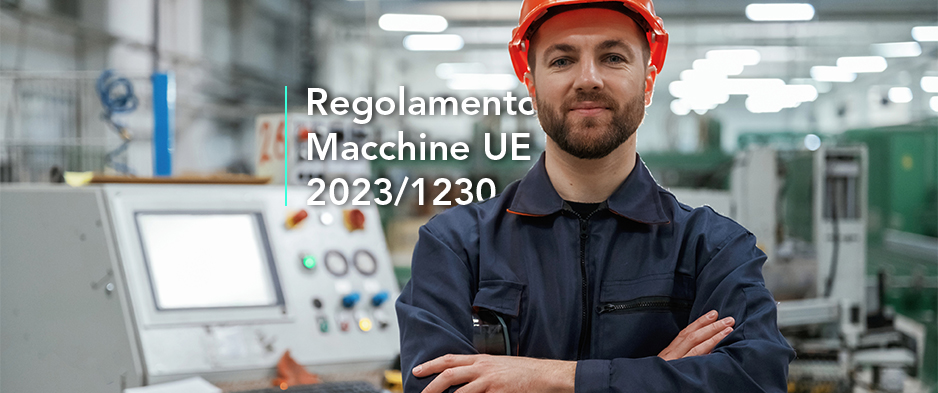Starting in 2027, EU Regulation 2023/1230 on machinery will come into force, replacing Directive 2006/42/EC. This new regulation introduces stricter requirements for the design, certification, and maintenance of machinery, quasi-machinery, and related devices, reshaping the industrial automation landscape across the European Union.
What Is the Goal of the New Machinery Regulation?
The new Machinery Regulation, which will be legally binding in all EU member states from January 20, 2027, represents a major step forward in the regulation of machine safety and related products placed on the European market. Compared to the 2006/42/EC Machinery Directive, this regulation not only keeps pace with technological advancement, but also expands its scope to cover digital safety components, such as software.
With the rise of digitalization and the integration of advanced technologies like Artificial Intelligence and Industrial Security, the European manufacturing landscape has undergone major changes. Modern machines are intelligent, integrated, and connected systems, which need a thorough regulatory update to address the challenges of an evolving industrial environment.
The regulation aims to strengthen the level of safety established by the previous directive, updating it to reflect current technological standards. It has a dual purpose: to ensure safer, more reliable human-machine interaction, and to promote standardized and harmonized safety requirements across the EU.
Key Changes and Updates in the 2027 Machinery Regulation
Cybersecurity and Integration in the Industry 4.0 Era
One of the most significant updates in EU Machinery Regulation 2023/1230 is the clear inclusion of cybersecurity requirements for connected machinery. Machines equipped with automated control systems will be required to implement advanced cybersecurity measures to prevent unauthorized access, tampering, and breaches of operational data integrity. This change reflects the increasing convergence of operational technologies (OT) and information technologies (IT)—a core aspect of the digital transformation of factories under Industry 4.0. In this context, securing industrial systems is no longer optional—it’s essential for safety and business continuity.
Machines Subject to Mandatory Third-Party Assessment
The updated list of high-risk machinery includes categories that must undergo a conformity assessment by a notified body—an independent third-party organization. Six new types of machinery will now require mandatory inspection:
- Removable mechanical transmission devices, including their guards
- Guards for removable mechanical transmission devices
- Vehicle lifts
- Portable cartridge-operated fixing and impact machinery
- Safety components with self-evolving behavior
- Machines using machine learning-based self-evolving systems for safety functions
This update reflects recent developments in Artificial Intelligence, which introduce new potential risks requiring stricter oversight. For manufacturers, this means that self-declaration of conformity—previously acceptable when harmonized standards were followed—will no longer be sufficient. Instead, products must undergo third-party evaluation before being placed on the market.
Digital Documentation and Traceability
The new regulation also introduces mandatory digital documentation covering the entire lifecycle of a machine—from design to decommissioning. Manuals, declarations, and technical reports must be provided in standardized electronic formats. Safety component traceability will also be enhanced through:
- Unique identification: each component must have an identifier detailing its origin, manufacturing date, and testing
- Supply chain traceability: digital records must track each step from production to installation
- Greater accountability: in the event of a fault, suppliers and component specifications must be traceable
- Comprehensive technical documentation: must include detailed information on components and testing

